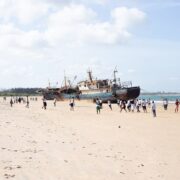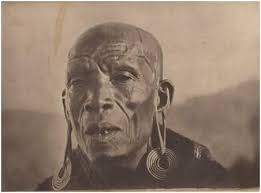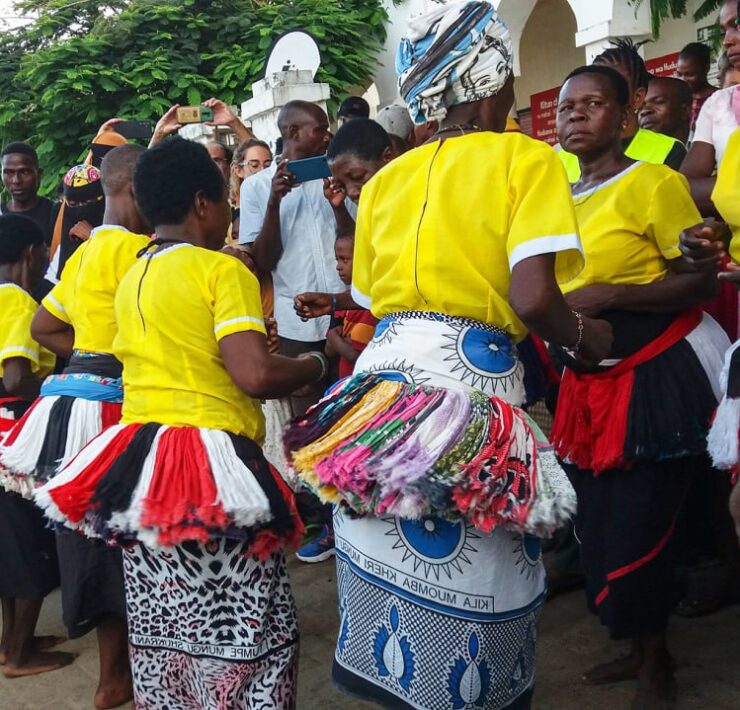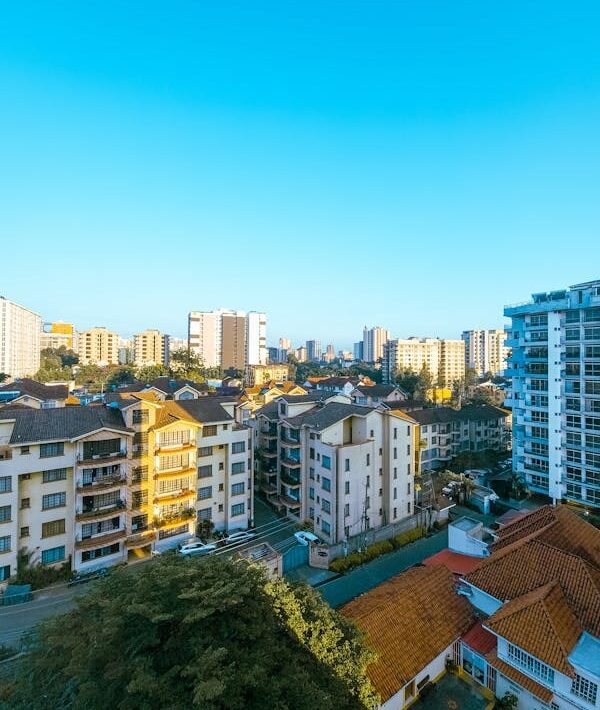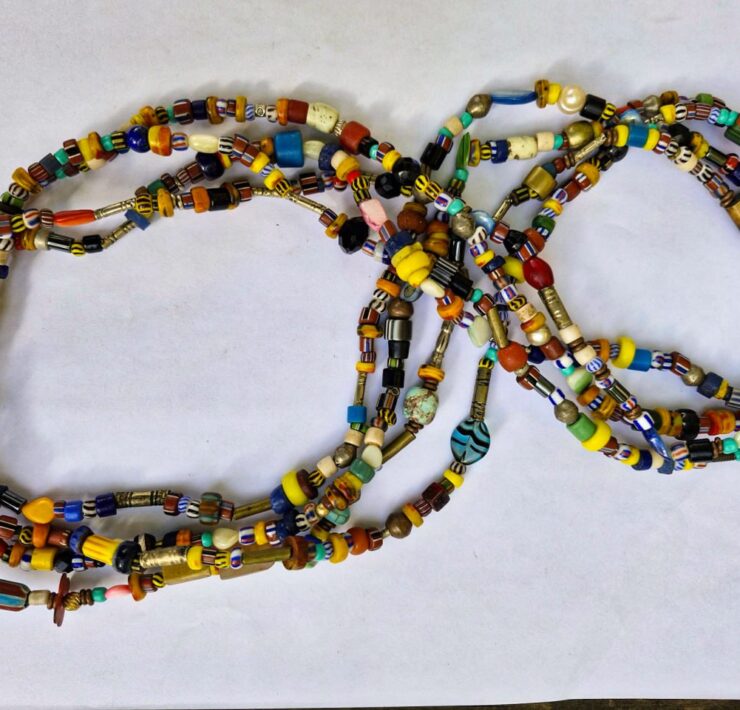BORA BORA: DIANI’S WILDLIFE PARK
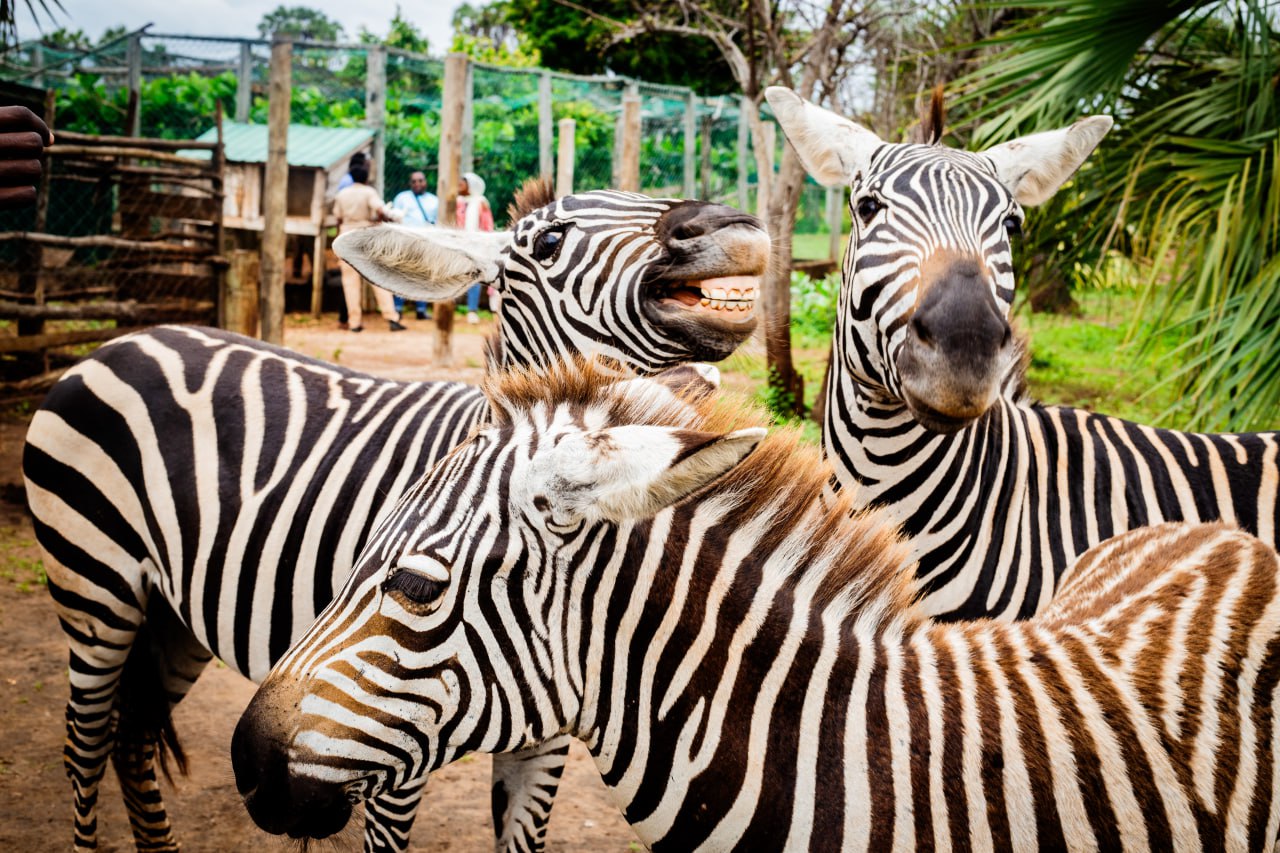
Samuel Phillips is a writer, graphic designer, photographer, songwriter, singer…
It is sometimes difficult for me to make a clear difference or even balance between the me that wants to be indoors away from things out there, and the me that wants to be outdoors, taking a walk in the forest or going for a photo hunt in the Savannah. I think these two sides of me are very much complementary of themselves. And the one thing that holds them together is “I love quiet and secluded spaces” if you know what I mean. So, be it indoors or outdoors, it should just be quiet, have clean air, and pleasant sounds from nature. These are some of the features of Bora Bora Wildlife Park in the Diani area of Kenya.
When my son turned two in early April of this year, my wife and I wanted to take him to Bora Bora which, by the way, happens to be just a couple of kilometers away from our forest home. But things happened and we could not. So, when a different opportunity showed up, we decided to visit the place.
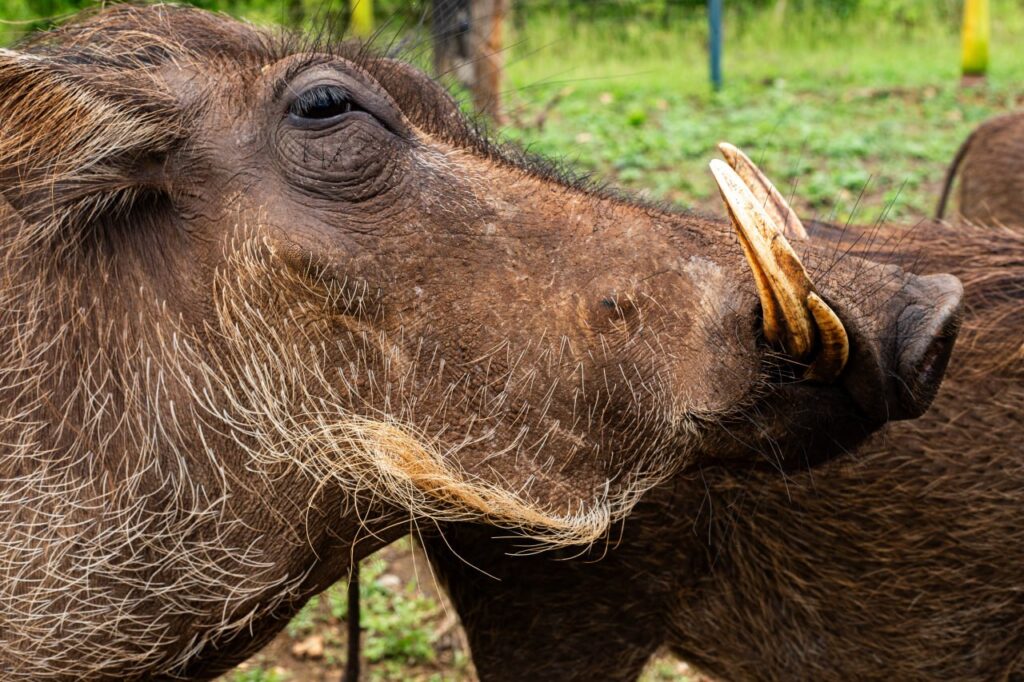
Entering the wildlife park was pretty straightforward. In fact, from the fencing around the gate as you drive in, you already begin to see the warthogs doing what they love to do – digging around. As expected of a wildlife park, the entrance had this massive gate, and listed on the wall beside the gate, the entry fees. Quite reasonable fees although I do have a few reservations about the fees for “foreigners”.
So, we got in, paid the fees at the office beside the gate, and were given a tour guide named Tom Mwendwa. Tom is on a three-month internship at Center for Tourism Training and Research. With a cool and confident demeanor, Tom welcomed us for the tour and took us around. We went to see the giraffes and were given an opportunity to feed them some little pellets. That was a fun experience. You are right in front of them and have to reach up high so that they don’t bend down too low and harm themselves. Oh, my goodness! These animals are not just tall but LONGGG. Tom and the Maasai gatekeeper then gave us a quick lesson about warthogs and taught us that they cannot see straight ahead but use their peripheral vision and are largely nocturnal. That was new for me.
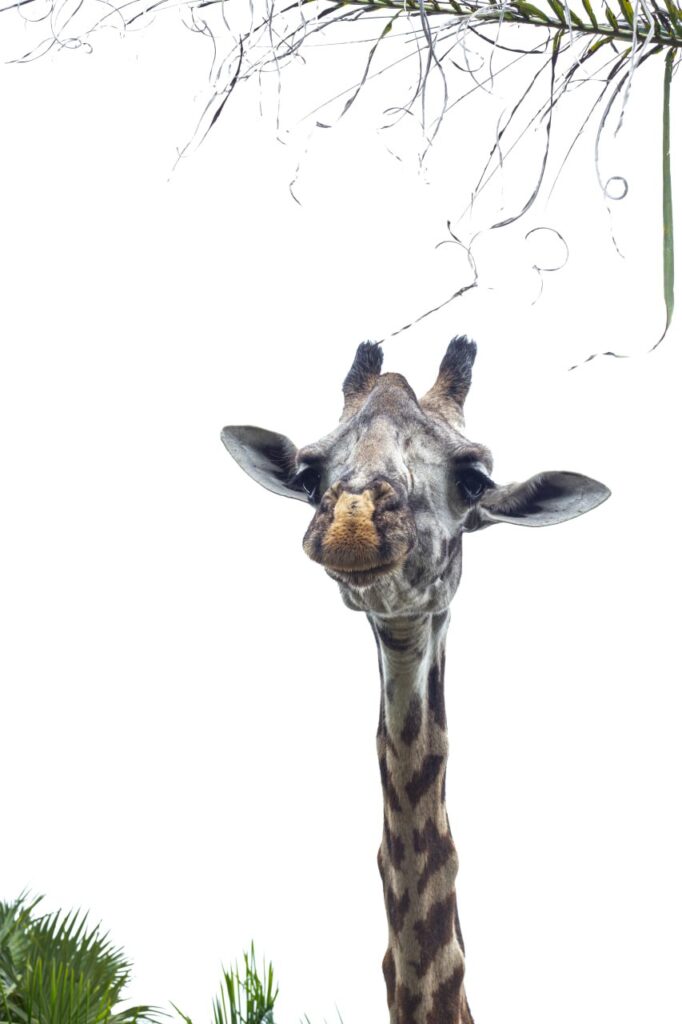
We saw the ostriches, crocodiles, and tortoises, a lone black boar from Germany, wild geese, a roving turkey that wanted to assert its authority, fluffy white albino rabbits (our son touched the soft fur and immediately wanted to take one) and some very friendly zebras. We then took a long walk on the forest trail to the buffalo enclosure. My son loved the walk, and because he was already used to walking in our forest environment, he was just marching along not even bothered by his surroundings, mum by his side, of course. The park currently has two buffaloes, a male and a female which are relatively young but both are massive and sport long dangerous-looking horns. The male is particularly enormous and intimidating. We have heard a few tales about how vicious they can be so we kept our eyes wide open.
Our visit to the park came to an end after a few hours, but one can always linger and enjoy a meal, or the Digo cultural team’s music and dance presentation or purchase some souvenirs. We eventually headed back to our forest sanctuary, but it was a good time with Tom, the animals, and the entire Bora Bora ecosystem.
Now, even though Kenya is known internationally for its tourism which accounts for about 8percent of its 2019 GDP, there is still a lot to be done generally. So, as you visit the Kenyan coast, don’t forget to visit Bora Bora and the Kaya Kinondo Sacred Forest.
Entry fee for Bora Bora:
- Nonresident adult: USD 25
- Nonresident kids: USD 15
- Citizen adults: KSH 1000
- Citizen kids: KSH 500
- Resident adults: KSH 2000
- Resident kids: KSH 1000
What's Your Reaction?
Samuel Phillips is a writer, graphic designer, photographer, songwriter, singer and a lover of God. As an Afrikan content creator, he is passionate about creating a better image and positive narrative about Afrika and Afrikans. He is a true Afrikan who believes that the true potential of Afrika and Afrikans can manifest through God and accurate collaborations between Afrikans. Afrika is the land of kings, emperors, original wisdom, ancient civilizations, great men and women and not some road-side-aid-begging poor third world continent that the world finds joy in undermining.








